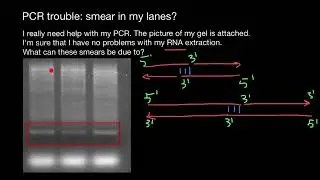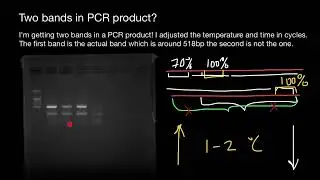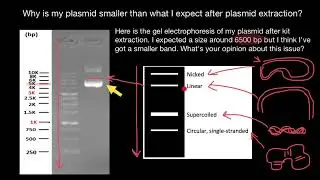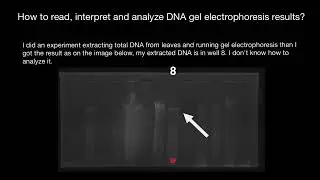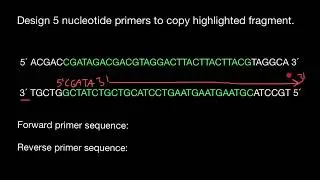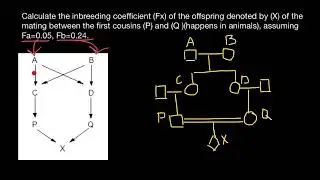How to get rid of unspecific bands in Gel Electrophoresis
When dealing with an extra unspecific band in gel electrophoresis, there are several steps you can take to troubleshoot and potentially resolve the issue:
Optimize PCR conditions: Ensure that your PCR conditions are optimized to minimize non-specific amplification. This includes adjusting primer concentrations, annealing temperatures, and extension times to increase specificity.
Design specific primers: Review your primer design to ensure they are specific to your target sequence. Utilize software tools or consult with experts to design primers that have minimal chances of non-specific amplification.
Gradient PCR: Perform a gradient PCR, where you vary the annealing temperature across different PCR tubes or wells. This can help identify the optimal annealing temperature that maximizes specificity.
Increase annealing temperature: If you suspect non-specific amplification, try increasing the annealing temperature slightly to promote binding specificity between the primers and the target sequence.
Adjust PCR components: Evaluate the concentrations of dNTPs, MgCl2, and Taq polymerase in your PCR reaction. Suboptimal concentrations of these components can contribute to non-specific amplification. Optimize their concentrations based on the manufacturer's recommendations or through experimental testing.
Increase primer specificity: If non-specific bands persist, consider introducing modifications to the primers, such as adding more mismatches or introducing modified bases, to increase their specificity for the target sequence.
PCR cleanup: After amplification, purify your PCR product using methods like gel purification or column-based kits to remove any non-specific products or contaminants that may be contributing to the extra band.
Gel optimization: Adjust the gel conditions, such as changing the percentage of agarose or adjusting the buffer composition, to optimize separation and resolution of the target bands. This can help distinguish the specific band from non-specific ones.
Troubleshoot equipment: Evaluate the quality and performance of your PCR machine, thermocycler, or other equipment used in the PCR process. Ensure they are functioning properly and calibrated correctly.
By systematically troubleshooting and optimizing the PCR conditions, primer design, and gel electrophoresis parameters, you can increase the specificity and accuracy of your results and minimize the presence of unspecific bands.
#dna #gelelectrophoresis #genetics #pcr #biology


![TitoM and Yuppe - Disturb My Peace [Ft. LastBornDiroba, Xduppy and TmanXpress] (Official Audio)](https://images.mixrolikus.cc/video/1W-AdFcOBgk)








